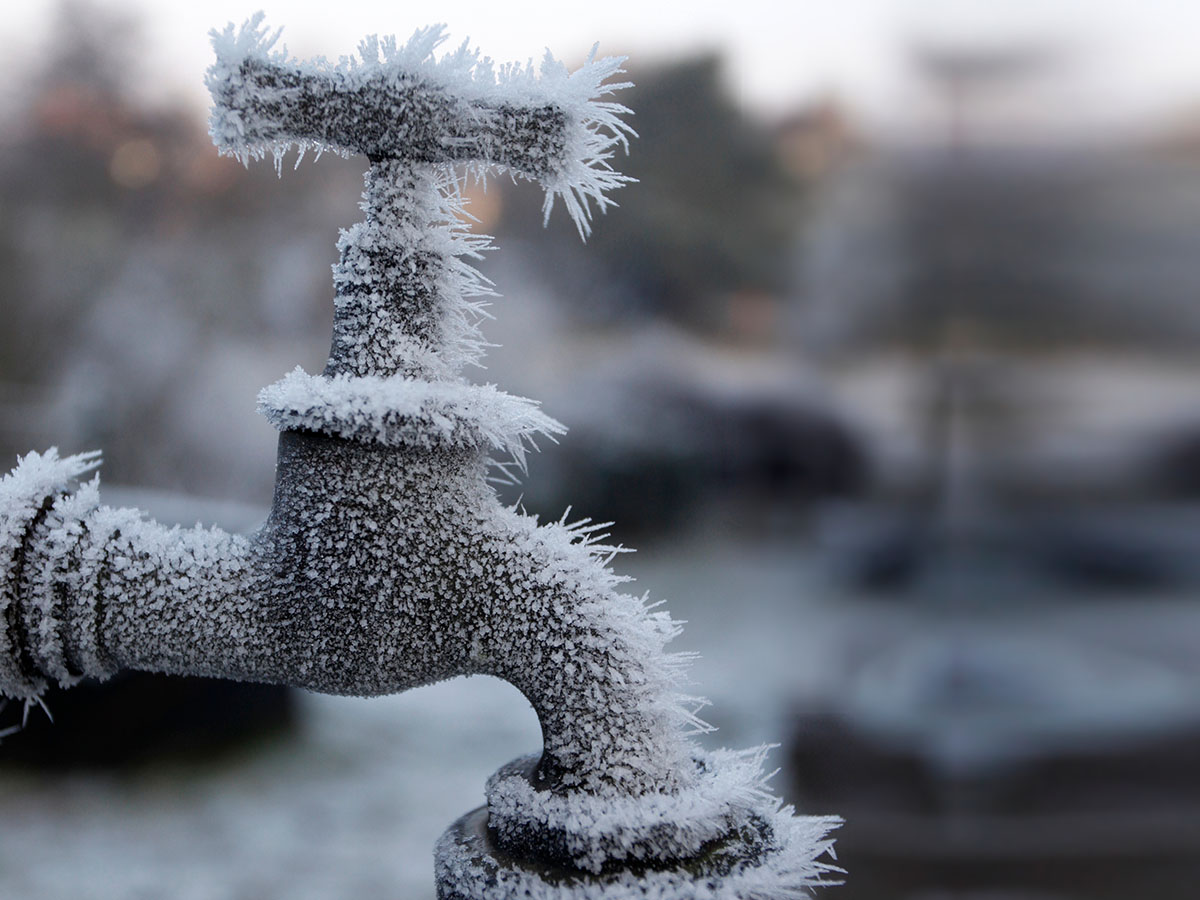Preventing Frozen Pipes in Cold Weather: Key Advice
Preventing Frozen Pipes in Cold Weather: Key Advice
Blog Article
We've discovered this post involving How To Avoid Freezing Pipes listed below on the internet and concluded it made perfect sense to relate it with you in this article.

Winter can damage your pipes, particularly by freezing pipelines. Below's exactly how to avoid it from occurring and what to do if it does.
Introduction
As temperatures drop, the risk of icy pipelines increases, potentially bring about pricey fixings and water damages. Recognizing exactly how to stop icy pipelines is important for property owners in chilly climates.
Understanding Icy Pipelines
What causes pipes to freeze?
Pipes freeze when subjected to temperature levels listed below 32 ° F (0 ° C) for expanded periods. As water inside the pipelines ices up, it expands, putting pressure on the pipe wall surfaces and possibly triggering them to rupture.
Threats and problems
Icy pipelines can bring about water supply interruptions, building damage, and expensive repairs. Ruptured pipes can flood homes and cause comprehensive structural damage.
Indicators of Frozen Water Lines
Identifying frozen pipes early can stop them from bursting.
How to identify icy pipelines
Try to find lowered water flow from faucets, uncommon odors or sounds from pipelines, and visible frost on subjected pipes.
Prevention Tips
Shielding vulnerable pipelines
Wrap pipes in insulation sleeves or use warmth tape to protect them from freezing temperature levels. Concentrate on pipelines in unheated or exterior locations of the home.
Home heating techniques
Maintain indoor rooms properly heated up, particularly areas with pipes. Open cupboard doors to enable warm air to circulate around pipelines under sinks.
Safeguarding Outdoor Plumbing
Yard hose pipes and outside taps
Detach and drain pipes garden hose pipes prior to winter season. Set up frost-proof spigots or cover outside taps with shielded caps.
What to Do If Your Pipelines Freeze
Immediate actions to take
If you believe icy pipelines, keep taps open to alleviate pressure as the ice melts. Use a hairdryer or towels soaked in hot water to thaw pipelines slowly.
Long-Term Solutions
Structural adjustments
Take into consideration rerouting pipes away from outside wall surfaces or unheated areas. Include added insulation to attic rooms, basements, and crawl spaces.
Upgrading insulation
Buy high-grade insulation for pipelines, attic rooms, and walls. Appropriate insulation helps maintain consistent temperatures and lowers the danger of icy pipes.
Verdict
Avoiding frozen pipes needs proactive measures and fast reactions. By comprehending the causes, indications, and safety nets, house owners can shield their plumbing throughout cold weather.
5 Ways to Prevent Frozen Pipes
Drain Outdoor Faucets and Disconnect Hoses
First, close the shut-off valve that controls the flow of water in the pipe to your outdoor faucet. Then, head outside to disconnect and drain your hose and open the outdoor faucet to allow the water to completely drain out of the line. Turn off the faucet when done. Finally, head back to the shut-off valve and drain the remaining water inside the pipe into a bucket or container. Additionally, if you have a home irrigation system, you should consider hiring an expert to clear the system of water each year.
Insulate Pipes
One of the best and most cost-effective methods for preventing frozen water pipes is to wrap your pipes with insulation. This is especially important for areas in your home that aren’t exposed to heat, such as an attic. We suggest using foam sleeves, which can typically be found at your local hardware store.
Keep Heat Running at 65
Your pipes are located inside your walls, and the temperature there is much colder than the rest of the house. To prevent your pipes from freezing, The Insurance Information Institute suggests that you keep your home heated to at least 65 degrees, even when traveling. You may want to invest in smart devices that can keep an eye on the temperature in your home while you’re away.
Leave Water Dripping
Moving water — even a small trickle — can prevent ice from forming inside your pipes. When freezing temps are imminent, start a drip of water from all faucets that serve exposed pipes. Leaving a few faucets running will also help relieve pressure inside the pipes and help prevent a rupture if the water inside freezes.
Open Cupboard Doors
Warm your kitchen and bathroom pipes by opening cupboards and vanities. You should also leave your interior doors ajar to help warm air circulate evenly throughout your home.

Hopefully you enjoyed reading our piece on How To Avoid Freezing Pipes. Many thanks for spending some time to read through our blog. Please take a moment to distribute this blog post if you appreciated it. I recognize the value of reading our article about Preventing and dealing with frozen pipes.
Visit Our Website Report this page